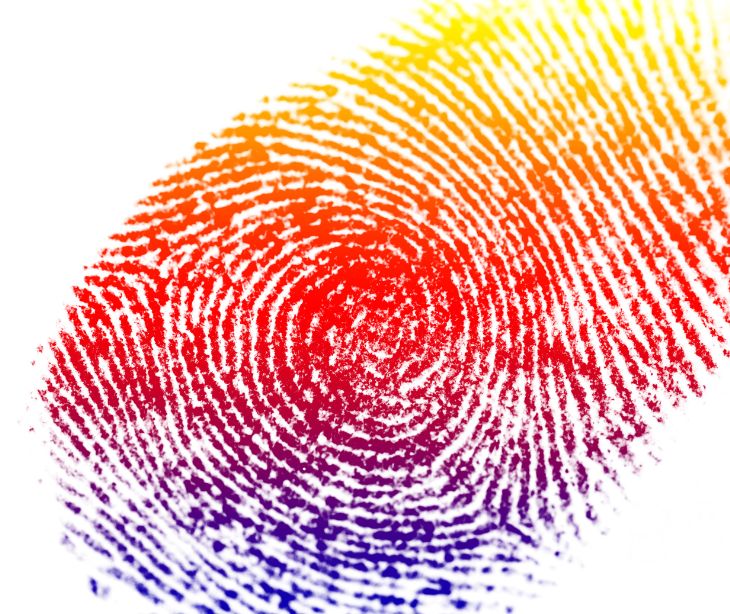
Biometric data includes unique physical or behavioral traits used for identification, such as fingerprints, facial features, or voice patterns. It is considered protected health information (PHI) when biometric identifiers like fingerprints or facial recognition are used in healthcare for patient identification or EHR access - subjecting it to HIPAA privacy and security regulations.
Biometric data in healthcare
Biometric data in healthcare is the use of unique physical or behavioral traits for various purposes within the healthcare ecosystem. These traits include fingerprint scans, facial recognition, iris scans, voice recognition, and other biometric identifiers. Biometric data in healthcare offers enhanced patient identification, streamlined access control, and improved data security.
In the news: Illinois Supreme Court deliberates on nurses' biometric privacy
When does biometric data become PHI in healthcare?
The HHS defines PHI as " all "individually identifiable health information" held or transmitted by a covered entity or its business associate, in any form or media, whether electronic, paper, or oral. ". The transition of biometric data into PHIdepends on its association with an individual's health information, healthcare services, or payment details.
- Integration EHRs: Biometric data, such as fingerprint scans or facial recognition, is commonly used for patient identification within healthcare facilities. However, it becomes PHI when it is directly integrated with electronic health records (EHRs). When biometric data serves as an identifier and a means of accessing, updating, or modifying EHRs containing health-related information, it is classified as PHI.
- Medication management with health information: If the biometric data is used to track and record specific medications, dosages, treatment plans, and other health-related details, it qualifies as PHI.
- Security measures for health data: Healthcare organizations often deploy biometric authentication methods to fortify the security of EHRs and other health-related data systems. When this biometric authentication is tied directly to accessing the patient's health information, it becomes PHI.
- Telehealth and remote patient monitoring: Biometric data from wearables is considered PHI when linked to a specific patient's health records.
The HIPAA implications of biometric authentication
- Sensitive personal information: Biometric data is classified as sensitive personal information under HIPAA regulations, posing a challenge for healthcare organizations.
- Compliance requirements: Healthcare organizations must adhere to HIPAA regulations when collecting, storing, and using biometric data. That includes implementing policies and procedures for secure data storage and access authorization.
- Accessibility concerns: While biometric authentication is convenient and secure, it may not be accessible to everyone due to physical or medical conditions. Healthcare organizations should provide alternative authentication methods to ensure inclusivity.
- Data breach risks: Inadequate security measures can lead to biometric data breaches, making it susceptible to hacking or unauthorized access. Healthcare organizations need incident response policies for handling such breaches, including notifying affected parties and regulatory agencies.
Related: Balancing convenience and privacy with biometric authentication
FAQs
How does patient consent for biometric data collection differ from traditional consent forms?
Biometric consent forms often need to be more explicit, detailing how the data will be used, stored, and shared, ensuring patients fully understand the implications of their biometric information being collected.
Can biometric data be used for research purposes in healthcare?
Biometric data can be used in research, but it must be de-identified and handled according to strict ethical guidelines to protect patient privacy and comply with HIPAA regulations.
How can healthcare organizations balance convenience and security with biometric authentication?
Organizations can offer multiple authentication methods, such as biometric and traditional options, ensuring patients can choose their preferred level of convenience while maintaining security.
Subscribe to Paubox Weekly
Every Friday we'll bring you the most important news from Paubox. Our aim is to make you smarter, faster.




